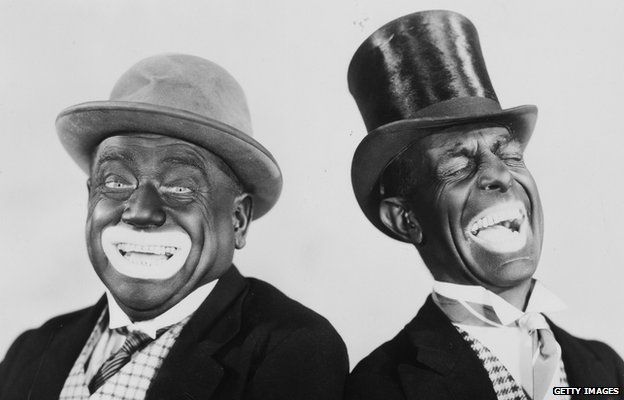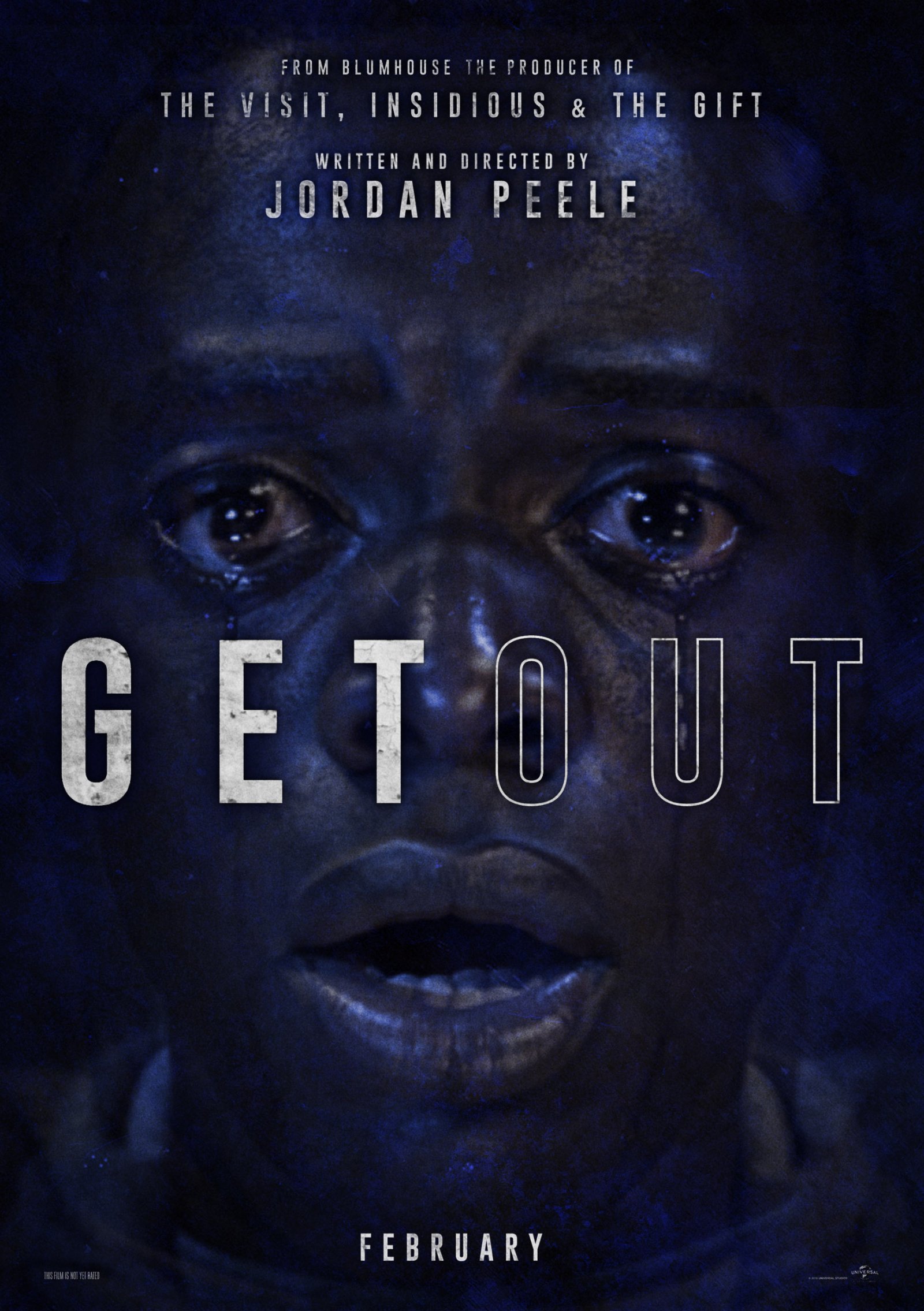 The comic I chose to read and analyze for this week’s blog post came from Ace Comics, a comic book series, published by David McKay Publications between 1937 and 1949 – right before the golden age of Comic Books began. Andy Comics number 20, the specific comic I decide to read this week tells the story of Andy and his friends in town coming together and fighting back after the girls in the town decided to change their outfits. The “New Look” that the girls in town are wearing is very similar to the one that the guys in the town traditionally wear. This new look wasn’t something that the guys in the town were ready to accept. The guys in town come together to meet and find a way to get the girls in town to switch back to their old look. In the end, the guys come together and “wipe the ‘new look’ out of existence” simply by using reverse psychology.
The comic I chose to read and analyze for this week’s blog post came from Ace Comics, a comic book series, published by David McKay Publications between 1937 and 1949 – right before the golden age of Comic Books began. Andy Comics number 20, the specific comic I decide to read this week tells the story of Andy and his friends in town coming together and fighting back after the girls in the town decided to change their outfits. The “New Look” that the girls in town are wearing is very similar to the one that the guys in the town traditionally wear. This new look wasn’t something that the guys in the town were ready to accept. The guys in town come together to meet and find a way to get the girls in town to switch back to their old look. In the end, the guys come together and “wipe the ‘new look’ out of existence” simply by using reverse psychology.
After reading and analyzing this comic, it quickly becomes clear that the entire plot line is filled with sexist undertones. This immediately made me think of the essential question that was asked in module six, how are our perceptions of gender, sex and sexuality shaped by popular culture. The comic, which was published in 1948 relies heavily on simply judging the girls in the town on the way that they look. Additionally, the comic looks to the boys in town to determine not only what the girls can wear, but also how they can react. When the girls decided to counter protest the boys, they were chastised by the boys. While a lot has changed since the publication of this comic, some of the same misogynistic stories are still being told today.
Comic Book Link: https://ia800203.us.archive.org/24/items/AndyComics20June1948/Andy_Comics_020_text.pdf




